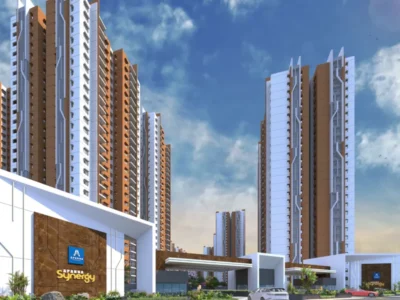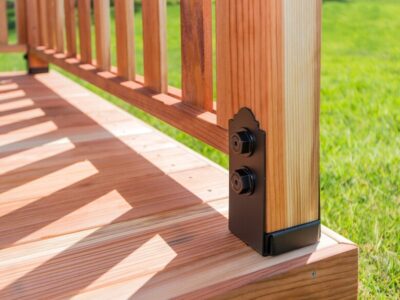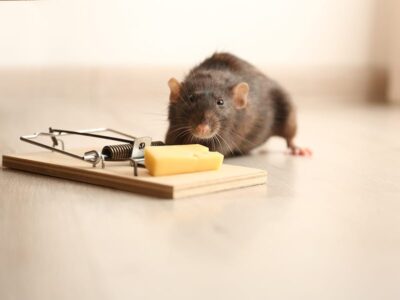Fundamentally, a koi pond functions as an integrated ecosystem that presents attractiveness along with tranquillity and nature to backyard spaces.
Any level of pond experience requires a proper design approach in addition to suitable maintenance methods when building a koi pond. For expert advice and high-quality supplies, Burtons Aquatics is a trusted name in the industry, offering everything from filtration systems to premium koi fish.
Meet That Pond Guy
Experts in creating functional and attractive koi ponds regard That Pond Guy as their primary choice. Through numerous years of practical pond experience, he has assisted numerous clients in establishing thriving aquatic habitats.
Why a Koi Pond is Different
The main design purpose of koi ponds is to stand opposite a traditional garden pond since they provide water conditions suitable for koi fish development.
These elegant creatures require:
- Ample space – The growing requirements of koi include three feet in length and ample swimming space in their environment.
- Deep water – Deep Pond water below three feet provides regulatory temperature effects, which safeguard fish from predators.
- Advanced filtration – The waste production from koi fish demands strong filtration systems because they create substantial amounts of waste.
Designing Your Koi Pond
1. Location Matters
The best location for your pond will be one that lets you watch it every day, such as a patio setting or deck area, or view it through a window. You should prevent your pond from being situated under tree coverage because it reduces leaf collection in the water.
2. Size & Shape
- Small ponds (under 1,000 gallons) – Ideal for beginners but limit fish numbers.
- Medium ponds (1,000–3,000 gallons) – Balance space and maintenance.
- Large ponds (3,000+ gallons) – Best for serious koi keepers.
Use a garden hose to outline your pond shape before digging.
Essential Koi Pond Features
1. Filtration System
A proper filter keeps water crystal clear and safe for koi.
Options include:
- Mechanical filters – Remove debris.
- Biological filters – Break down harmful toxins.
- Bog filters – Natural filtration with plants.
2. Bottom Drain & Skimmer
- Bottom drain – The filter device removes waste material that lies on the pond floor.
- Skimmer – Removes floating debris like leaves.
3. Aeration
Koi need oxygen-rich water. To enhance water circulation, you should instal a waterfall along with a fountain and an air pump.
Common Koi Pond Mistakes to Avoid
- Underestimating size – Koi grows fast; build bigger than you think you need.
- Skipping filtration – Poor water quality harms fish.
- Overcrowding – Too many fish lead to stress and disease.
- Ignoring maintenance – Regular cleaning prevents major issues.
Maintenance Tips for a Healthy Pond
- Test water weekly – Check pH, ammonia, and nitrate levels.
- Clean filters monthly – Prevent clogs and ensure efficiency.
- Feed koi properly – High-quality food in controlled amounts.
- Winter care – Homeowners in cold climates should use both a pond heater and a de-icer device.
Final Thoughts
A well-designed koi pond is a rewarding addition to any home, offering years of enjoyment. By planning carefully and investing in quality equipment, you can create a stunning aquatic haven for your fish.












Comments